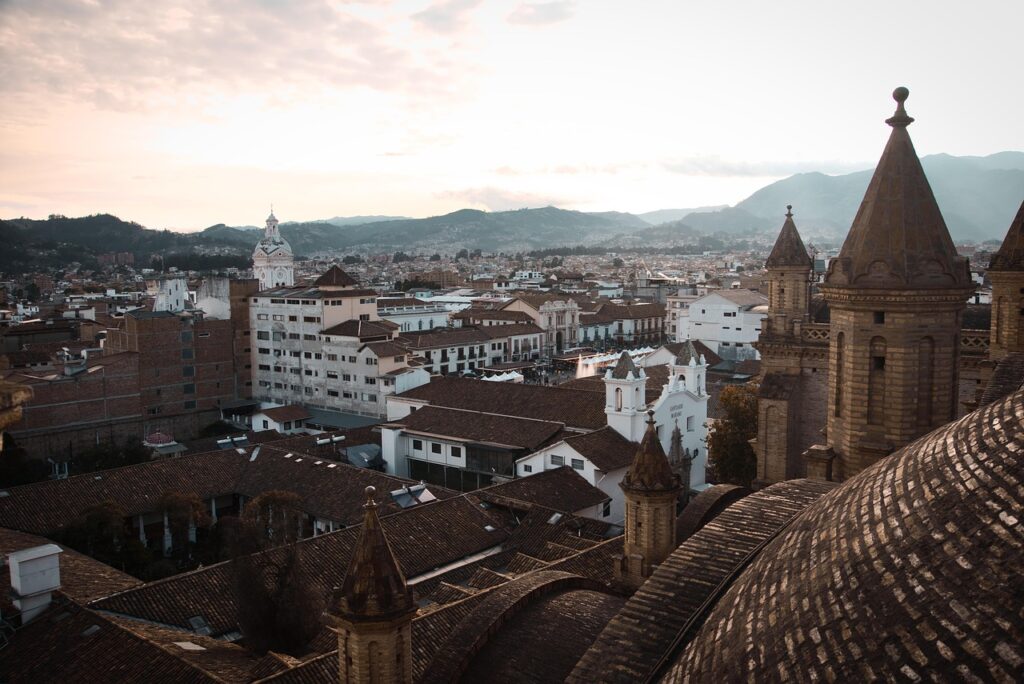
Ecuador has a special place in my heart. The vibrant cities, stunning landscapes, and the warm people make it an unforgettable destination. But let’s be real. Staying connected while you explore can be a challenge if you don’t know the ins and outs. That’s why I’m here to help you find the best SIM card for tourists in Ecuador. It matters because being able to navigate, share your experiences, and get in touch with others can make your trip smoother.
Let’s break down your options clearly so you can stay connected during your adventure.
Why You Need a SIM Card in Ecuador
Here’s the thing: being in a new place means you need access to maps, local info, and, of course, social media. Waking up with limited data or no service can feel frustrating. A local SIM card saves you money and hassle. Wi-Fi is available, but it’s not everywhere.
Having a SIM card means you can use your phone without relying entirely on hotel Wi-Fi. You can easily reach your accommodations, find restaurants, or share your beautiful photos online.
Choosing the Right SIM Card
Now let’s talk about how to pick the right SIM card. Ecuador has several options. Two of the most popular providers for tourists are Claro and Movistar. Both offer good coverage and competitive prices.
Claro
Claro is known for its extensive network and reliability in urban areas. Here’s what you need to know:
- Plans: Claro offers several tourist packages. Typically, you can choose from plans with data, calls, and texts. A popular option includes around 10GB of data for about $10-15.
- Activation: You can buy a SIM card at the airport or in stores. The staff usually speaks some English, making activation easier.
- Coverage: Claro’s coverage is decent in cities and major tourist spots. However, you might lose signal in remote areas.
Movistar
Movistar is another solid choice. It’s slightly cheaper but might have less coverage in rural areas.
- Plans: Movistar’s tourist plan can be similar to Claro’s, with a focus on data. You’ll often see plans around the same price range, giving you a good amount of data and free locals calls.
- Activation: Like Claro, you can buy the SIM card at the airport or local shops. Make sure to have your passport handy for activation.
- Coverage: Movistar tends to perform well in cities but can be patchy in remote areas.
Where to Buy Your SIM Card
Buying a SIM card is straightforward. You’ve got options.
- Airport: As soon as you land, look for kiosks or shops selling SIM cards. This is the easiest, though often a bit pricier.
- Local Stores: If you’re in a city, head to a Claro or Movistar store. Prices might be lower, and staff can guide you better.
- Supermarkets: Chains often have kiosks where you can buy a SIM card for a good price.
Here’s a tip: Always check if the SIM card comes pre-activated. If you run into issues, ask for help or check online resources.
Using Your SIM Card
After you’ve got your SIM card, here’s how to make the most of it:
Top-Up Options
If you need more data, topping up is easy. Both Claro and Movistar have apps or you can visit a store.
- Apps: Download the app for your provider. You’ll often find options to buy more data quickly.
- Store: Going to a store allows you to describe exactly what you need. Staff can help you choose the best plan for your usage.
Internet Speed and Connectivity
Internet speeds in Ecuador can vary. In cities, you’re likely to have decent speeds. However, in rural areas, you might experience slower connections.
- Check Speed: Apps like Speedtest can help you monitor your connection.
- Be Patient: When you travel to remote locations, don’t be surprised if the internet is slow or spotty.
Tips for Staying Connected
Here are a few extra tips to ensure you stay connected:
- Download Offline Maps: Before you head into remote areas, download offline maps. Google Maps lets you save areas for offline access.
- Local Apps: Apps like WhatsApp or Telegram can help you communicate over the internet. This saves your calls for emergencies.
- Data Management: Monitor your usage. Limit video streaming and large downloads to keep your data balanced.
Final Thoughts
Getting a local SIM card in Ecuador is a simple process that can make your trip much smoother. Remember to choose the right provider based on your travel plans. Always have a backup plan for when you’re in remote areas.
Staying connected is vital for a stress-free adventure, whether it’s navigating through the Andes or sharing your experiences in Quito. Don’t let poor connectivity dampen your trip. A little preparation goes a long way.
By understanding your options and knowing where to buy a SIM, you can focus more on making memories rather than worrying about your phone.
So go out there, get your SIM card, and enjoy everything Ecuador has to offer!
**Related Reading:** – [Related: How to Plan a Solo Trip on a Budget] – [Related: Top Destinations for First-Time Solo Travelers] **#SoloTravel #Ultimate #Guide #SIM #Card #Tourists #Ecuador #Stay #Connected #Adventure**